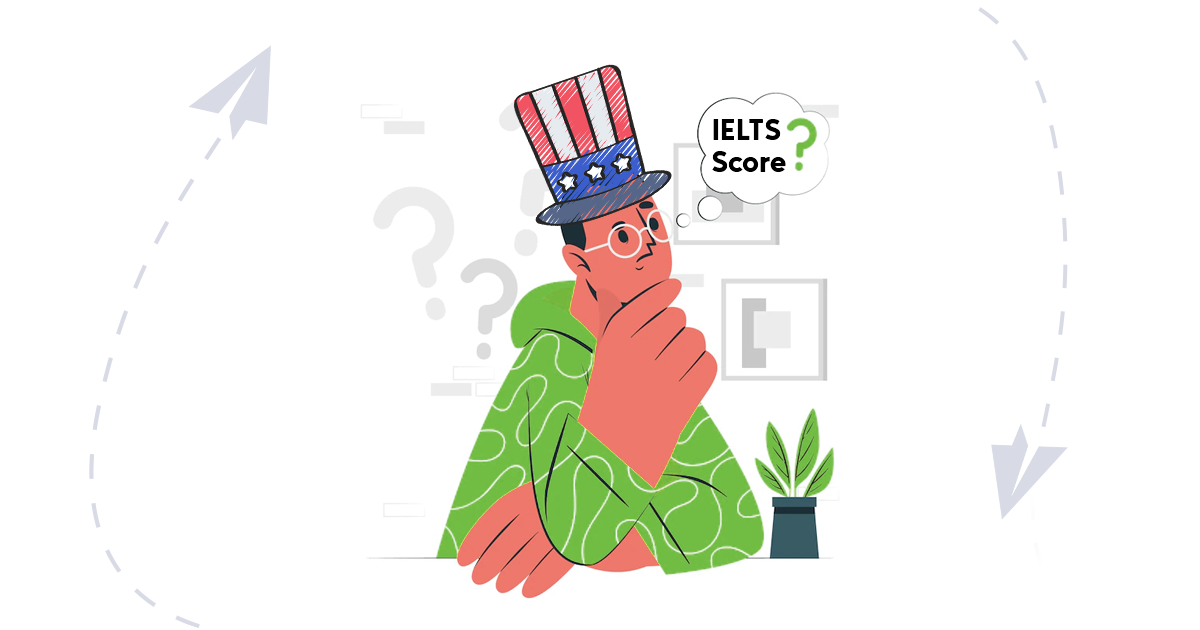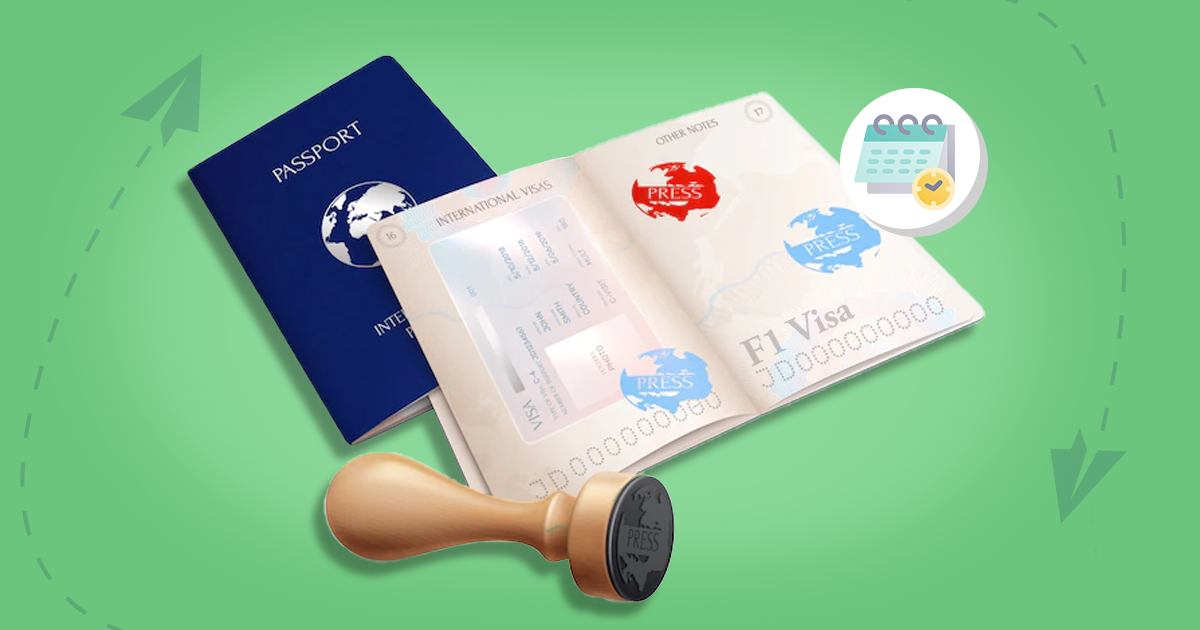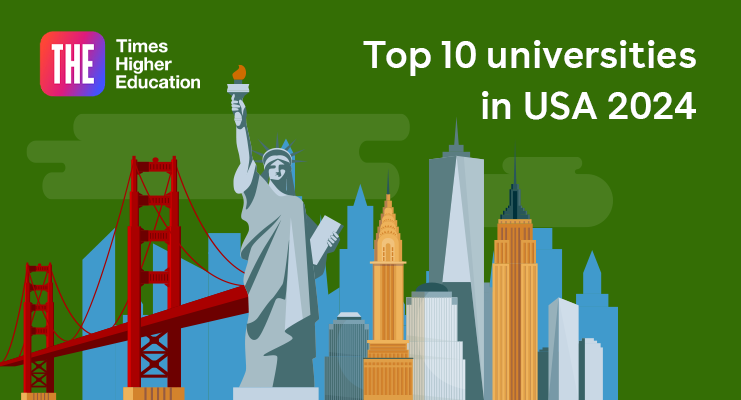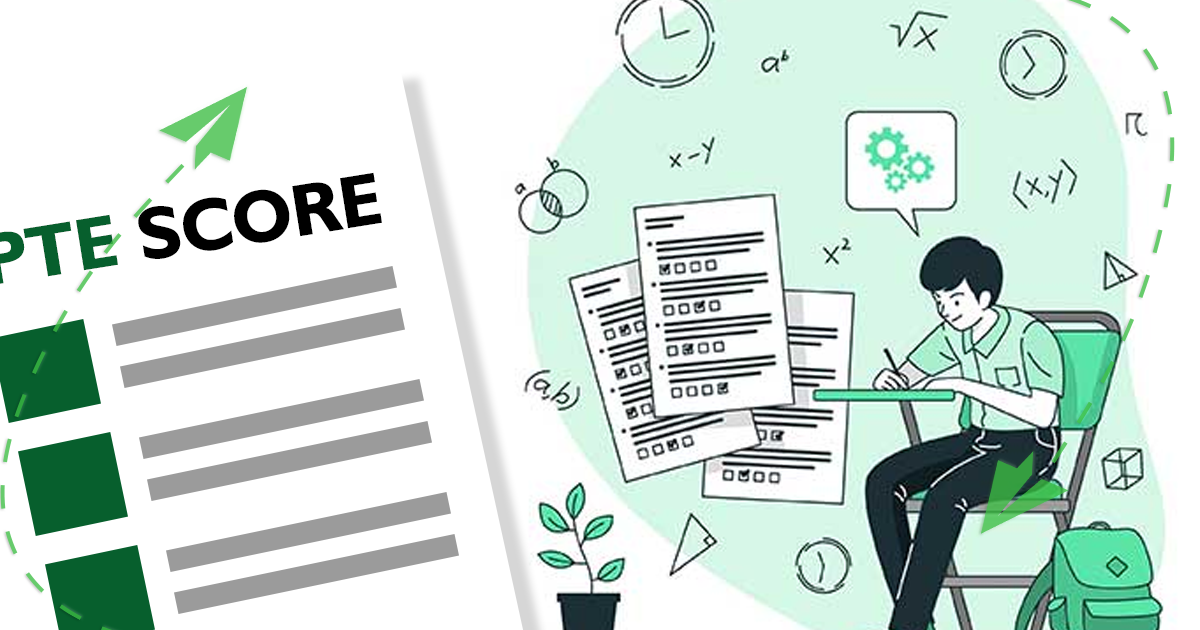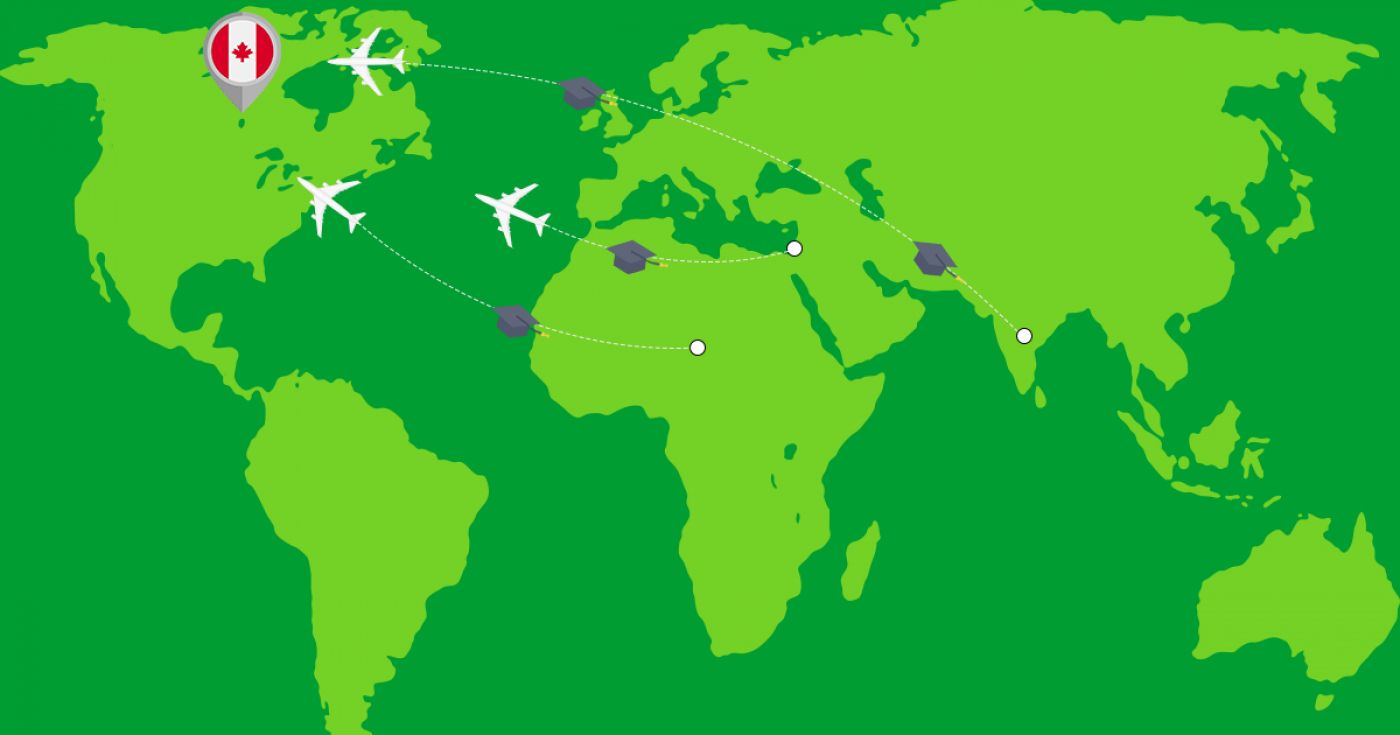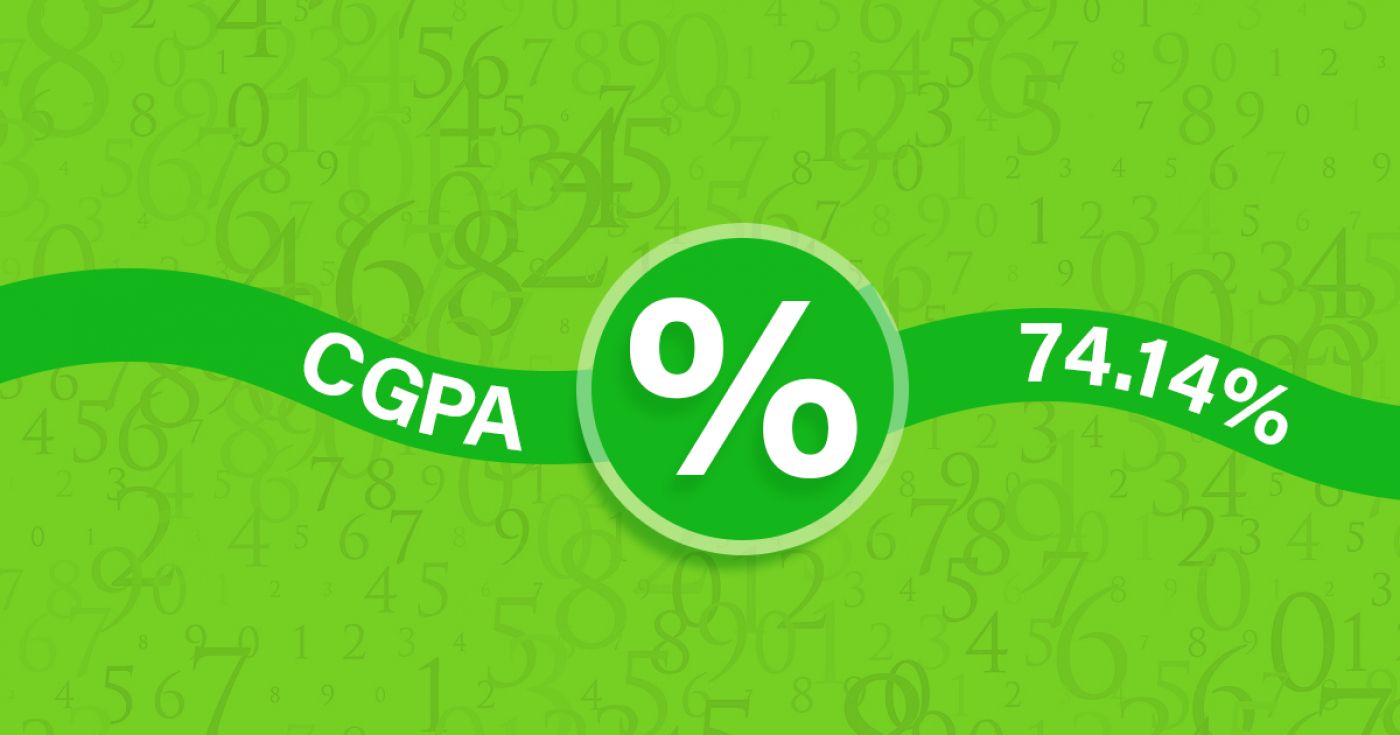Associate in Applied Science - Software Development
at MSM Group - Spokane Community College USA
Overview
The software development program trains students in current web and desktop application development using diverse industry technologies. Software development is an evolving field of study requiring continuing education and the ability to adapt to constant change. Graduates from this program acquire problem solving skills, are encouraged to work independently and as a team, and be ethical in all interactions.
Learning Outcomes
- Learn programming concepts and techniques that enable students to be a lifetime learner as technology evolves.
- Understand and implement cost effective and efficient web sites.
- Understand how to properly create, store, and retrieve data from a normalized database.
- Solve problems while developing software or web sites.
- Communicate with clients while developing software or web sites.
- Demonstrate responsibility for meeting deadlines and addressing client needs.
- Understand how technology relates and impacts society.
- Design, develop, deploy and maintain software and web development projects specified by a client.
- Demonstrate professionalism and flexibility.
- Develop research skills and techniques.
45
Application Processing Days
Under Graduate
Program Level
Fact & Figures
Full Time On Campus
Study Mode
24
Duration
MSM Group - Spokane Community College
Location
Associate in Applied Science - Software Development Assistant Fee
$19845
Tuition Fee
$0
Average Cost of Living
$100
Application Fee
Associate in Applied Science - Software Development Admissions Requirements
- Minimum Level of Education Required: To be accepted into this program, applicants must have Grade 12 / High School Diploma.

Get superfast admissions at top Associate in Applied Science - Software Development institutes in 2024
Benefits of choosing
➤Admission’s guaranteed at Top institutes across the world.
➤Enjoy exclusive application fee waiver’s with Edmissions.
➤Unlimited FREE Counselling sessions with Edmission’s
Experts
➤Get Tips from industry veterans to crack the IELTS exam in 1
week.
➤Assistance with scholarships, loans, forex, student accommodation and visa guidance.
Work Permit USA
Optional Practical Training or OPT is a period during which students, who have completed their degrees in the USA, are permitted to work for one year on a student visa by the United States Citizenship and Immigration Services (USCIS). OPT allows students to work for up to 3 years and develop real-world skills to survive in the competitive jobs market.
It is temporary employment for a period of 12-months that is directly related to the major area of study of an F-1 student. Eligible students have the option to apply for OPT employment authorization before completing their academic studies and/or after completing their academic studies.
A student can participate in three types of Optional Practical Training (OPT):
- Pre-Completion OPT: This is temporary employment provided to F-1 students before completion of their course of study.
- Post-Completion OPT: This is temporary employment available to F-1 students after completing their course of study.
- 24 Month STEM Extension: Students enrolled in STEM (Science, Technology, Engineering, and Mathematics) courses can a 24-month extension after their initial Post-Completion OPT authorization.
Detailed Program and Facts
45
Application Processing Days
Full Time On Campus
Program Intensity
Under Graduate
Program Level
24
Duration
Study Visa
Other Courses by MSM Group - Spokane Community College,USA
Engineering & Technology
Associate in Applied Science - Power Systems Maintenance
Electrical maintenance and automation technicians are responsible for the maintenance, testing, repair, and/or replacement of the electrical systems and controls found in modern industrial plants and large commercial buildings.
As the electrical systems become more sophisticated, so must the skills of the electrical maintenance and automation technician. By mixing the theoretical with practical hands-on lab experiences using modern up-to-date industrial equipment and techniques, the student will be prepared for a challenging career in electrical maintenance.
Learning Outcomes
- Understand the inherent dangers of and be able to work safely around electricity.
- Be familiar with electrical theory, electrical terms and electrical circuits (AC & DC).
- Able to identify common electrical materials, parts, and components.
- Understand the theory, operation, and maintenance of AC & DC generators and motors.
- Know basic electronic theory and components.
- Able to design, wire, and troubleshoot conventional motor control circuits.
- Demonstrate proper transformer connections and understand the operation of industrial lighting.
- Able to perform electrical conduit bending using trigonometric calculations.
- Understand and apply the fundamentals of the National Electrical Code.
- Understand pneumatic system theory, math, symbols, and circuits.
- Understand hydraulic theory, components, symbols, and circuits.
- Demonstrated ability to work in the electrical power industry through the documented work experience approved bby the cooperative education supervisor and/or the Bonneville Power Administration.
24 month
Duration
$ 21105
Tuition
Health Sciences, Nursing and Emergency Services
Associate in Applied Science - Surgical Technology
The Surgical Technology program prepares students to function in cooperation with the surgeon and nurses in the operating room performing duties that are vital for the safety and care of surgical patients. Students must have knowledge and skills in surgical aseptic techniques for preparation and use of materials during a surgical procedure. Students also must be able to relate to patients and other people in the field. Using reasonable judgment when working in emergency surgical situations is required.
At the completion of the program, students will be able to accept the responsibility expected of the surgical technologist as a beginning staff employee in the operating room. Prior to graduation, students will sit for the National Certifying Examination for Surgical Technologists for qualification as a certified surgical technologist (CST).
Learning Outcomes
- Apply knowledge and skills of biological sciences in preparing and implementing operating room procedures.
- Identify and apply the concepts of medical ethics in relationship to the patient, physician and health facility.
- Recognize and apply the knowledge of legal implications of their actions as it relates to themselves, the physician and the medical facility.
- Identify and utilize surgical instruments, equipment, sutures, dressings and medications in the operating room according to minimal established competencies.
- Comprehend surgical terminology utilized within the operating room environment.
- Apply the concepts of social sciences in relating to patients, and other members of the health team.
- Identify professional inter-relatedness & inter-dependency of all segments of the health care delivery system.
24 month
Duration
$ 19464
Tuition
Health Sciences, Nursing and Emergency Services
Associate in Applied Science - Vascular Technology
Vascular Technology is an Allied Health profession in which practitioners perform diagnostic and monitoring procedures using sound waves. The vascular sonographer performs examinations at the request or direction of a physician. Through subjective sampling and/or recording, the vascular sonographer proceeds with the examination to create an easily definable foundation of data from which a correct anatomic and physiologic diagnosis may be established for each patient.
The various types of ultrasound imaging equipment require a highly skilled sonographer to obtain the imaging information or other data required. The vascular sonographer must obtain appropriate history, physical findings, and pertinent laboratory data to adapt the imaging techniques to obtain comprehensive and diagnostic information.
Learning Outcomes
- Perform high quality vascular tests on patients, while tailoring the examinations to bring out abnormalities present.
- Develop skill in performing indirect and direct vascular imaging and Doppler assessment in all areas of the body.
- Quantitate, subjectively evaluate, and interpret data collected to assist the physician in arriving at a diagnosis.
- Develop clinical understanding of the anatomy, physiology, pathology, diagnosis, and treatment of the major vascular diseases and disorders.
- Communicate effectively in a professional manner with physicians, patients, and members of the healthcare team.
24 month
Duration
$ 23136
Tuition
Health Sciences, Nursing and Emergency Services
Associate in Applied Science - Diagnostic Medical Sonography
Diagnostic Medical Sonography is an allied Health Profession where non-physician professionals perform a diagnostic procedure using high frequency sound waves (ultrasound) to produce dynamic visual images of organs, tissues, or blood flow inside the body. Sonography is used to examine many parts of the body: abdomen, breasts, OB/GYN, thyroid, scrotum, and blood vessels. It is also used to guide needles for tissue biopsy or drain an abnormal fluid collection from a body cavity. Sonography is a radiation-free imaging modality and procedures are performed at the request of a physician.
A diagnostic medical sonographer is a highly-skilled professional who uses specialized equipment to create images of structures inside the human body that are used by physicians to make a medical diagnosis. Prior to starting a procedure, the sonographer must obtain an appropriate history, assess physical findings and review pertinent laboratory data. This information is used to tailor the procedure to ensure comprehensive and diagnostic images are acquired.
Learning Outcomes
- Communicate effectively and in a professional manner with physicians, patients and other members of the healthcare team.
- Competently perform sonographic examinations of the abdomen, superficial structures and obstetrics & gynecology disciplines on patients, while tailoring the examinations to enhance the presence of abnormalities.
- Comprehend a clinical understanding of the anatomy, physiology, pathology, diagnosis and treatment of the major adult and fetal diseases and deformities.
- Establish the ability to quantify, subjectively evaluate and interpret the data collected to assist the physician in arriving at a diagnosis.
- Strive to meet the health care needs of the community.
24 month
Duration
$ 22503
Tuition
Health Sciences, Nursing and Emergency Services
Associate in Applied Science - Invasive Cardiovascular Technology
The invasive cardiovascular technologist is a health care professional who, through the use of specific high-technology equipment and at the direction of a qualified physician, performs procedures on patients leading to the diagnosis and treatment of congenital and acquired heart disease, and peripheral vascular disease.
As a member of the cardiac catheterization team, the cardiovascular technologist is a surgical scrub assistant, monitors the patient's condition and operates other "CATH Lab." equipment.
The most important "CATH Lab" studies are coronary angiography, percutaneous coronary intervention (where stents, balloons, plaque removal devices, and other treatments to restore blood flow are deployed), right heart catheterization (where blood flow measurements are made), electrophysiology (where irregular heartbeats are created, studied and treated) and pacemaker implantations.
Learning Outcomes
- Demonstrate collaboration and effective communication among all health care team members in the delivery of cardiac care in all patient settings.
- Analyze information and research and apply it in the health care setting.
- Apply the principles of cultural awareness formulating appropriate modifications to health care plans to accommodate cultural differences.
- Design and implement appropriate treatment plans in all healthcare settings where cardiac care is delivered.
- Apply advanced cardiac care competencies in all health care settings.
24 month
Duration
$ 22729
Tuition
Agriculture, Forestry & Animal Sciences
Associate in Applied Science - Small Farm Production
The Small Farms program provides students with knowledge and practice in food production. Graduates of the program are experienced in topics including plant propagation, crop science, pest and disease diagnosis, greenhouse operation, farm marketing, and business management. At the successful completion of the second year, passing all required coursework, the student will receive the associate in applied sciences degree.
The following is a typical student schedule. Individual student schedules may differ slightly depending on course availability. Courses may only be offered in the quarter indicated. Outlined curriculum assumes students begin the program fall quarter and continue winter and spring quarters, with summer quarter off. It is recommended that students work closely with the program advisor when planning classes.
Learning Outcomes
- Apply the concepts of floral design and management to a commercial florist business.
- Apply growing and maintenance practices to greenhouse and container grown stock during the course of the year.
- Identify and be able to care for the major indoor plants used in interiorscaping.
- Understand and apply the principles of business management and human relations to agribusiness management.
24 month
Duration
$ 19563
Tuition
Environmental Studies & Earth Sciences
Associate in Applied Science - Water Science
The Water Science program is designed to prepare students for employment in water resources, including water and wastewater operations, hydrology, and water quality for local, state and federal agencies, and private industry.
Learning Outcomes
- Install, operate and maintain instruments used in stream gaging and discharge measurement.
- Collect samples, complete field surveys, analyze, and report water quality parameters in the field and laboratory using standard chemical, biological, physical, and field survey techniques commonly utilized in water resource studies.
- Collect, recognize and identify aquatic organisms from invertebrate insects to fish species, relating what is found to the habitat and aquatic ecosystem conditions.
- Install, operate, and maintain instruments used in collecting hydro-meteorological measurements.
- Set up monitoring plans and schedules to collect, measure, analyze and report ground water levels and water quality parameters.
- Be familiar with restoration practices used to improve fish habitat and water quality, including techniques to stabilize slopes, recover degraded lakes and stream courses.
- Utilize, interpret and analyze maps and aerial photographs in the characterization and management of water resources, including through the use of geographic information systems (GIS).
- Operate a hand compass, level, global positioning systems (GPS) and electronic instruments in determining slopes, running traverses, locating ownership boundaries, and determining locations.
- Work safely in a variety of adverse conditions and environments, including obtaining 40-hour Hazardous Waste Operations and Emergency Response (HAZWOPER) certification according to the requirements of 29 CFR 1910.120.
- Have knowledge and understanding of Federal and State laws that pertain to water and the aquatic environment including a good working knowledge of water rights laws.
- Use the computer as a tool for solving water resources problems.
- Record, report, analyze and store data gathered according to established protocol.
- Write technical reports and give presentations.
- Demonstrate human relationship skills and professional behavior needed for successful job performance.
24 month
Duration
$ 19372
Tuition
Health Sciences, Nursing and Emergency Services
Associate in Applied Science - Medical Assistant
The Medical Assistant is an Allied Health professional who assists physicians and other health care providers in their offices or other medical settings. In accordance with respective state laws, they perform a broad range of administrative and clinical duties. In the Medical Assistant program at Spokane Community College, students learn about the administrative duties of scheduling and receiving patients, preparing and maintaining medical records, performing basic secretarial skills and medical transcription, handling telephone calls, writing correspondence, serving as a liaison between the physician and other individuals, and managing practice finances. The clinical phase of the program is taught through intense training and hands-on application. Students learn to perform clinical duties, including asepsis and infection control, taking patient histories and vital signs, first aid and CPR, preparing patients for procedures, assisting the physician with examinations and treatments, collecting and processing specimens, performing selected diagnostic tests, and preparing and administering medications as directed by the physician. In the 4th quarter the students will have a 198 hour unpaid clinical externship in a medical office working directly with providers.
Learning Outcomes
- The program goals are to prepare competent entry-level medical assistants in the cognitive (knowledge), and psychomotor (skills), and effective (behavior) learning domains. This program is designed to prepare students for entry-level employment in medical ambulatory care settings.
24 month
Duration
$ 23137
Tuition
Health Sciences, Nursing and Emergency Services
Associate in Applied Science - Pharmacy Technician
The Pharmacy Technician program trains students in all phases of the pharmacy field: drug products, calculations, dosages, dispensing techniques, inventory management, and Washington pharmacy law. Graduates will be prepared to work in both community and hospital pharmacy settings.
Each required course for graduation must be completed with a 2.0 grade or better before proceeding to the next quarter and must be maintained in all classes. The student may enroll in liberal arts either preceding or following the professional curriculum. For an associate in applied science degree, the student must complete 25 credit hours of required courses and 7 hours of department approved electives numbered 100 or above in addition to the one-year professional curriculum.
Learning Outcomes
- Demonstrate accountability as a health care professional.
- Communicate effectively in a professional manner with members of the healthcare team.
- Able to solve math-oriented problems posed to the technician by a pharmacist.
- Practice principles of implementing physician orders in a pharmacy setting.
- Demonstrate standards of aseptic technique and safety in a pharmacy setting.
- Demonstrate knowledge of legal requirements involved in a pharmacy operation.
- Identify appropriate information regarding standard dosing, generic versus trade name and other drug information.
- Understand the role of the technician – the pharmacist/patient/tech interaction; i.e. confidentiality.
24 month
Duration
$ 22401
Tuition
Environmental Studies & Earth Sciences
Associate in Applied Science - Natural Resource Management
The associate in applied science degree in Natural Resource Management prepares students to work in the forestry area. This program is accredited by the Society of American Foresters. Two additional options are available: Parks and Recreation or Wildlife Fisheries. The Parks and Recreation option prepares students for park maintenance and/or interpretive positions. The Wildlife/Fisheries option prepares students to perform field sampling as well as habitat restoration work.
All students must complete an internship of at least 400 hours to complete the degree. Second year: Student may remain in the main program which is forestry based, or they may select one of the two options for an AAS degree which requires a total of 105 credits.
Learning Outcomes
- Identify selected forest trees, shrubs, and forbs native to the Pacific Northwest.
- Use various instruments to measure the height, diameter and age of trees and apply this data to volume, site and growth determinations.
- Identify species and habitat needs of common northwest freshwater fish, birds and wildlife.
- Operate hand compasses, level, global positioning systems, and electronic instruments in determining slopes, turning angles, running traverses, locating ownership boundaries, and determining locations.
- Utilize maps and aerial photographs in the management of natural resources, including through the use of geographic information systems.
- Recognize common diseases and insect pests of forest trees and assess their damage.
- Use the computer as a tool for solving natural resources problems.
- Apply field techniques to sample, measure, and monitor wildlife, birds and fish species and their habitat.
- Demonstrate human relationship skills and professional behavior needed for successful job performance.
- Parks maintenance and equipment.
- Recognize and apply the various silvicultural systems and techniques used in ecosystem management.
- Understand concepts of ecology, conservation and management for fish and wildlife species and their habitats.
- Understand concepts involved in soil science including soil management, conservation, and use of soils in forestry and agriculture.
- Maintain and safely operate a chainsaw.
- Write technical reports and give presentations.
24 month
Duration
$ 19638
Tuition
View All Courses by MSM Group - Spokane Community College, USA
Top Study Abroad Exams
Popular Universities to Study Abroad
- University of Waterloo
Waterloo
- University Canada West
Vancouver
- University of Windsor
Windsor
- Cape Breton University
Sydney
- Dalhusie University
Halifax
- Carleton University
Ottawa
- University of Ottawa
Ottawa
- University of Guelph
Guelph
- Explore more colleges in Canada
- University of New Haven
West Haven
- Kent State University
Kent
- Wright State University
Dayon
- San Jose State University
West Haven
- Clark University
Worcester
- Rowan University
Glassboro
- Golden Gate University
San Francisco
- Arkansas
San Francisco
- Explore more colleges in USA
- Coventry University
Coventry
- University of Birminghame
Birminghame
- De Montfort University
Leicester
- Cardiff University
Cardiff
- BPP University
London
- University of West London
London
- University of Nottingham
Nottingham
- University of Warwick
Coventry
- Explore more colleges in UK
- Auckland Institute Of Studies
Auckland
- Massey University - Auckland Campus
Albany
- Eastern Institute of Technology - Auckland Campus
Auckland
- NorthTec - Auckland Campus
Auckland
- Massey University - Manawatu Campus
Palmerston North
- University of West London
London
- Wellington Institute of Technology (WelTec) - Petone Campus
Lower Hutt
- Otago Polytechnic - Dunedin Campus
Dunedin
- Explore more colleges in New Zealand
- Chandigarh University
Mohali
- Parul University
Vadodara
- Sharda University
Greater Noida
- Jain University
Bangalore
- Bennett University
Greater Noida
- Lovely Professional University
Phagwara
- Chitkara University
Rajpura
- Brainware University
Kolkata
- Explore more colleges in India
- Abu Dhabi University
Abu Dhabi
- Gulf Medical University
Ajman
- New York University
Abu Dhabi
- Emirates Aviation University
Dubai
- Higher Colleges of Technology
Dubai
- British University in Dubai
Dubai
- Al Ghurair University
Dubai
- American University in the Emirates
Dubai
- Rochester Institute Of Technology Dubai
Dubai
- Emirates Academy of Hospitality Management
Dubai
- American University of Ras Al Khaimah
Ras Al Khaimah
- Explore more colleges in UAE
- Ras Al Khaimah Medical and Health Sciences University
Ras Al Khaimah
Explore Colleges and Courses in USA
- Arts & Humanities in usa
- Business & Management in usa
- Natural Sciences & Mathematics in usa
- Engineering & Technology in usa
- Computer Science & IT in usa
- Health Sciences, Nursing and Emergency Services in usa
- Social Sciences in usa
- Creative Arts & Design in usa
- Hospitality, Tourism, Wellness Leisure & Sports in usa
- Environmental Studies & Earth Sciences in usa
Latest Blog Posts
Trending Blog Posts
Search, Shortlist, Apply and get accepted! It’s that Simple to pursue your dream to Study abroad with Edmissions. Our team of experts provide you the right guidance that helps you to take admission in your dream college in countries like Canada, the USA, the UK
© 2021-2024 Edmissions - All rights reserved.
TALK TO OUR EXPERTS

